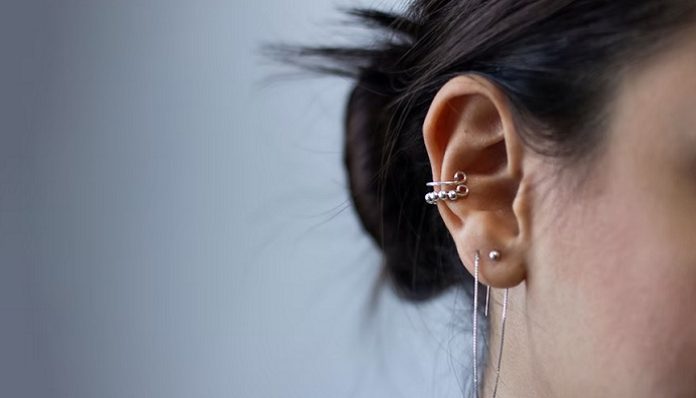
About 83% of Americans have their earlobes pierced, and 14% have a piercing outside the earlobe, such as cartilage, tragus, or daith. Many of them visit tattoo parlors or piercing salons to have a professional pierce their ears. This option is the easiest and safest way to go. However, since the pandemic forced many of these establishments to close, the number of people considering piercing themselves at home has skyrocketed.
Maybe you’ve searched the web for DIY solutions, too. The process seems simple enough, right? All you have to do is stick a needle through your lobe. Practically anyone can do it if they muster up enough courage. Is piercing your own ears safe, though? Before you raise potatoes to your lobes and stick yourself, there are a few things you should know.
Understand the Risks
Piercing any part of your body always comes with risks, regardless of who performs the procedure. However, there’s a much higher chance of things going wrong at home, especially if you don’t know what you’re doing. For instance, if you fail to sanitize the needle, you could easily develop an infection and experience redness, irritation, oozing, and foul odors at the piercing site. You can even experience a fever if the infection spreads, at which point you’ll have to remove the jewelry altogether.
DIY methods may also result in mistakes and subsequent injuries. This is especially common among women who try to pierce their cartilage and accidentally shatter it on impact. When that happens, an irreversible lump called a keloid can form, which requires surgical removal and can cause scarring.
Allergic reactions are common as well, especially if you’re sensitive to certain metals. If you’re dead-set on piercing your own ears, avoid nickel and copper and opt for surgical-quality stainless steel, Tygon, or niobium instead. These metals are hypoallergenic for most people. Nonetheless, keep an eye out for skin irritation, redness, swelling, and other signs of rejection, regardless of which kind of metal you choose.
Take Safety Precautions
Because so many things could go wrong, it’s not typically safe to pierce your own ears. However, if you just can’t wait to add some bling to your lobes, here are a few safety tips:
- Gather your supplies before you begin. You’ll need high-quality earrings, durable safety gloves, rubbing alcohol, a clean sponge, a pen, cotton swabs, saline solution, and a piercing needle.
- Sterilize the needle and earrings with dry heat, boiling water, or a chemical solution like isopropyl alcohol. Disinfect your earlobes with saline solution, too.
- Mark the spots you intend to pierce with a pen and make sure you like the placement before moving on.
- Place the sponge behind your lobe and quickly press the needle through the front of your ear and out the back. Thread the earring through and secure the back.
- Finally, sanitize the area with saline solution and a cotton swab. After that, make sure to clean your holes two to three times a day for at least six weeks before swapping your studs for new ones.
Even if you do everything right, you may still experience pain and irritation. Sometimes serious complications may require a trip to the doctor. Because of that, be proactive and schedule a consultation at the first sign of trouble. If you act quickly, you may be able to save your piercing — and your ears.
Just because you can pierce your ears at home doesn’t mean you should. So it might be best to play it safe and find a piercing professional to do the job. Look for a shop that uses needles — not piercing guns — and practices proper safety procedures to minimize the risk of infection. When you have perfectly symmetrical studs and few complications, you’ll be glad you skipped the DIY method and went with a pro instead!
Featured image via Kimia Zarifi on Unsplash



















Great Article it is really informative and innovative keep us posted with new updates. I really like wearing piercings, but I always hesitate because I think it will affect my health. And this post has come at just the right time.
I think it’s common to use rubbing alcohol to sterilize and clean the ears and then use rubbing alcohol to sterilize the needles.